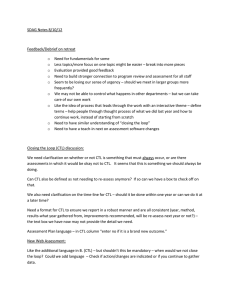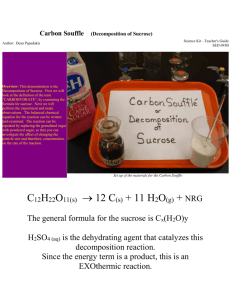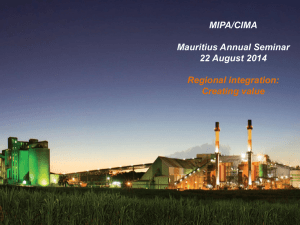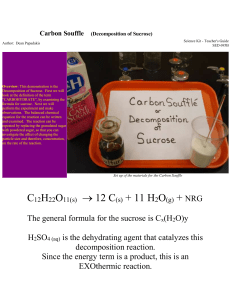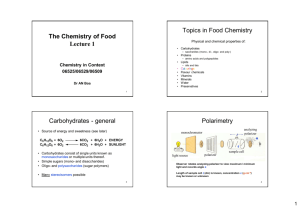P132
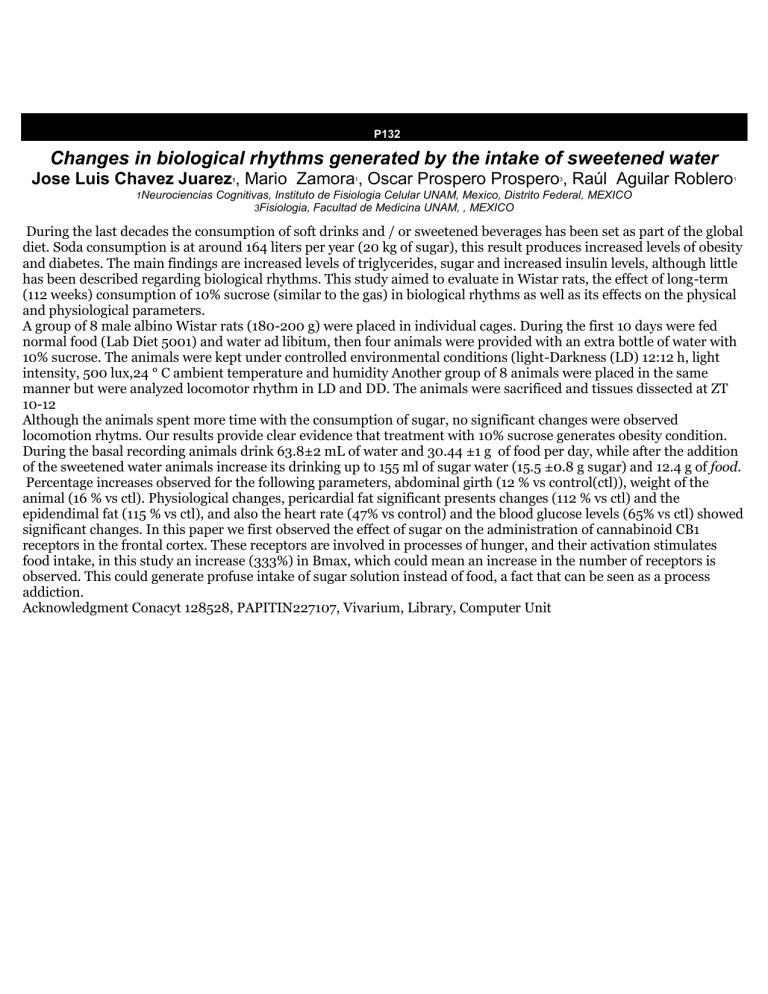
P132
Changes in biological rhythms generated by the intake of sweetened water
Jose Luis Chavez Juarez
1
, Mario Zamora
1
, Oscar Prospero Prospero
3
, Raúl Aguilar Roblero
1
1 Neurociencias Cognitivas, Instituto de Fisiologia Celular UNAM, Mexico, Distrito Federal, MEXICO
3 Fisiologia, Facultad de Medicina UNAM, , MEXICO
During the last decades the consumption of soft drinks and / or sweetened beverages has been set as part of the global diet. Soda consumption is at around 164 liters per year (20 kg of sugar), this result produces increased levels of obesity and diabetes. The main findings are increased levels of triglycerides, sugar and increased insulin levels, although little has been described regarding biological rhythms. This study aimed to evaluate in Wistar rats, the effect of long-term
(112 weeks) consumption of 10% sucrose (similar to the gas) in biological rhythms as well as its effects on the physical and physiological parameters.
A group of 8 male albino Wistar rats (180-200 g) were placed in individual cages. During the first 10 days were fed normal food (Lab Diet 5001) and water ad libitum, then four animals were provided with an extra bottle of water with
10% sucrose. The animals were kept under controlled environmental conditions (light-Darkness (LD) 12:12 h, light intensity, 500 lux,24 ° C ambient temperature and humidity Another group of 8 animals were placed in the same manner but were analyzed locomotor rhythm in LD and DD. The animals were sacrificed and tissues dissected at ZT
10-12
Although the animals spent more time with the consumption of sugar, no significant changes were observed locomotion rhytms. Our results provide clear evidence that treatment with 10% sucrose generates obesity condition.
During the basal recording animals drink 63.8±2 mL of water and 30.44 ±1 g of food per day, while after the addition of the sweetened water animals increase its drinking up to 155 ml of sugar water (15.5 ±0.8 g sugar) and 12.4 g of food.
Percentage increases observed for the following parameters, abdominal girth (12 % vs control(ctl)), weight of the animal (16 % vs ctl). Physiological changes, pericardial fat significant presents changes (112 % vs ctl) and the epidendimal fat (115 % vs ctl), and also the heart rate (47% vs control) and the blood glucose levels (65% vs ctl) showed significant changes. In this paper we first observed the effect of sugar on the administration of cannabinoid CB1 receptors in the frontal cortex. These receptors are involved in processes of hunger, and their activation stimulates food intake, in this study an increase (333%) in Bmax, which could mean an increase in the number of receptors is observed. This could generate profuse intake of sugar solution instead of food, a fact that can be seen as a process addiction.
Acknowledgment Conacyt 128528, PAPITIN227107, Vivarium, Library, Computer Unit

